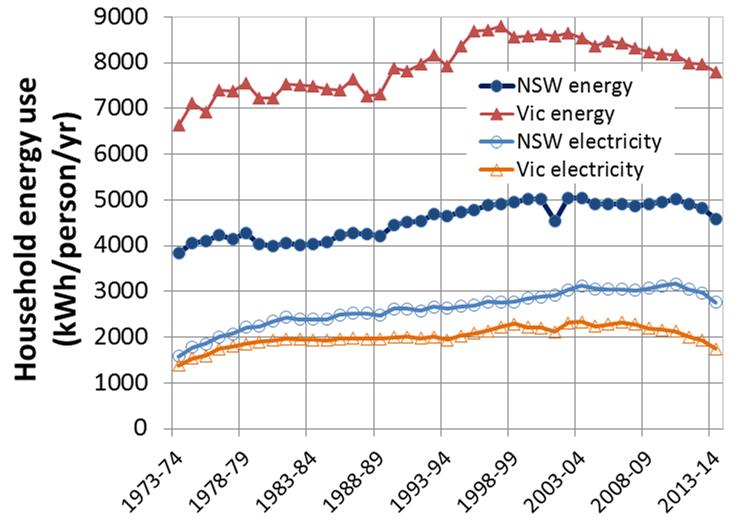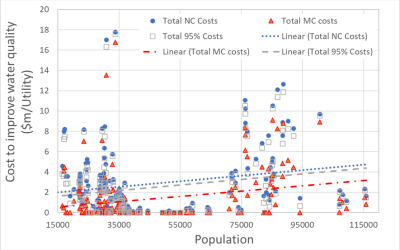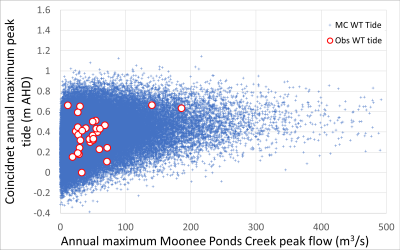Performance Based Dwelling Design history and BASIX
We will need to build more than 4 million new Australian homes by 2036, a greater than 50% increase in dwelling stock from 2011. The prosperity and wellbeing of future generations will rely on those buildings being well designed and efficient to live in. There should be a lot of debate about how we are going to do that.
There has been a range of comments about the energy efficiency of buildings and BASIX based on results obtained from NatHERS. BASIX provides targets for water and energy efficiency in dwellings that operate within planning regulations. In contrast, NatHERS provides a narrower assessment of a buildings thermal efficiency that operates as part of building approvals.
BASIX was designed to set performance based targets for both water use and greenhouse gas generation, which is a consideration of energy use. These performance targets were based on rigorous analysis of energy and water use data at the postcode level and consider the performance of the whole house, not just the building shell. We used metadata to investigate the performance of households. There are a few surprises as discussed in our Fifth Estate article: Why we need to keep and extend BASIX by Michael Smit and PJ Coombes.
We contrast this analysis with our recent systems analysis of households in Australian Capital Cities and historical results. Water conservation in households including rainwater harvesting and water efficient appliances made a profound contribution to Australian society by ensuring that many cities did not run out of water during the millennium drought. Nevertheless, as the memory of millennium drought fades, the value of sustainable households is contested.
The society benefits of source control and water efficiency was investigated using audited metadata from national agencies and water utilities, peer reviewed research, selected case studies and a Systems Framework analysis of Australian capital cities. The key findings of this investigation confirm the substantial contribution of sustainable buildings to improving the performance of water cycle infrastructure and ecological systems in cities. Source control measures including rainwater harvesting, water efficient appliances and vegetable gardens at households makes a substantial contribution to the viability of water resources and ecosystems in Australian capital cities.
Download this paper by PJ Coombes, Michael Smit, Josh Byrne and Christopher J Walsh here: Water resources, stormwater and waterway benefits of water conservation measures for Australian capital cities.






